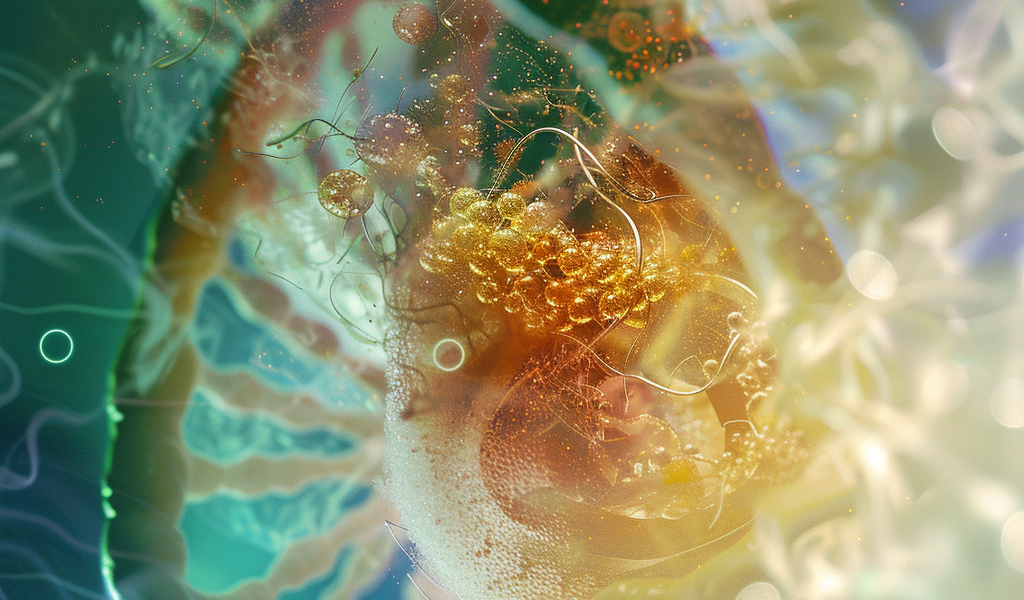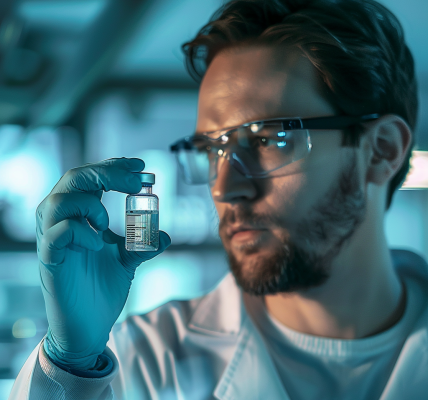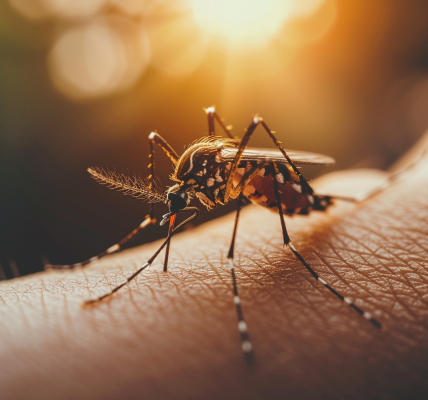In a groundbreaking study conducted by researchers at Sinai Health, significant insights have emerged regarding the role of DNA in early human development. The research focuses on DNA elements known as transposons, which have been shown to play a crucial role in the progression of embryonic cells during early developmental stages.
Traditionally, transposons have been viewed with skepticism, often likened to viruses that invade and hijack cellular mechanisms for their own propagation. However, this new research challenges that perception, suggesting that these elements are not merely genomic parasites but are, in fact, essential for normal development.
Dr. Miguel Ramalho-Santos, a senior investigator at the Lunenfeld-Tanenbaum Research Institute and a professor at the University of Toronto, emphasizes the importance of this discovery. “People tend to think of transposons as akin to viruses where they hijack our cells for the sole purpose of propagating themselves. But here we have discovered that these elements are not mere genomic parasites but are essential for early development,” he stated.
The study, which has been published in the journal Developmental Cell, highlights the significance of transposable elements, particularly the long-interspersed nuclear element-1 (LINE-1). While genes constitute less than 2% of the human genome, LINE-1 elements account for an astonishing 20% of genetic material. These elements have the ability to amplify and relocate within the genome, which has led to their characterization as “selfish DNA” due to their potential to disrupt normal gene functions.
For years, the scientific community has regarded these transposons as largely detrimental, often implicated in various diseases such as hemophilia, neurological disorders, and cancer. However, the findings from Sinai Health suggest that LINE-1 elements are not only active but also crucial during the early phases of embryonic development.
Dr. Juan Zhang, a postdoctoral fellow and a senior co-author of the study, found it particularly intriguing that LINE-1 RNA messages are prevalent in early embryos. The presence of these RNA messages indicates that LINE-1 elements are active during these critical stages of development, raising questions about their previously assumed harmful nature.
“If transposons are bad and dangerous, why do we see them active in the early stages of embryonic development?” Dr. Zhang pondered. This inquiry forms the basis of the current research, which aims to unravel the complexities of transposon activity and its implications for human growth.
The researchers focused on how LINE-1 elements facilitate the normal progression of embryonic cells, preventing them from reverting to earlier stages of development. This function is critical, as any disruption in this process could lead to developmental issues or diseases later in life.
The implications of this research extend beyond understanding early human development. By shedding light on the role of transposons, the study opens new avenues for exploring how these elements could be harnessed for therapeutic purposes in the future. The findings may also inform strategies for addressing various genetic disorders and diseases associated with transposon activity.
As the scientific community continues to explore the intricate relationship between DNA elements and human development, this study serves as a pivotal reminder of the complexities inherent in our genetic makeup. The previously underestimated role of transposons highlights the need for further investigation into their functions and potential benefits.
Overall, the research conducted by Sinai Health provides a fresh perspective on the role of DNA in human development, emphasizing the importance of transposons in ensuring that embryonic cells progress normally through their developmental journey.





